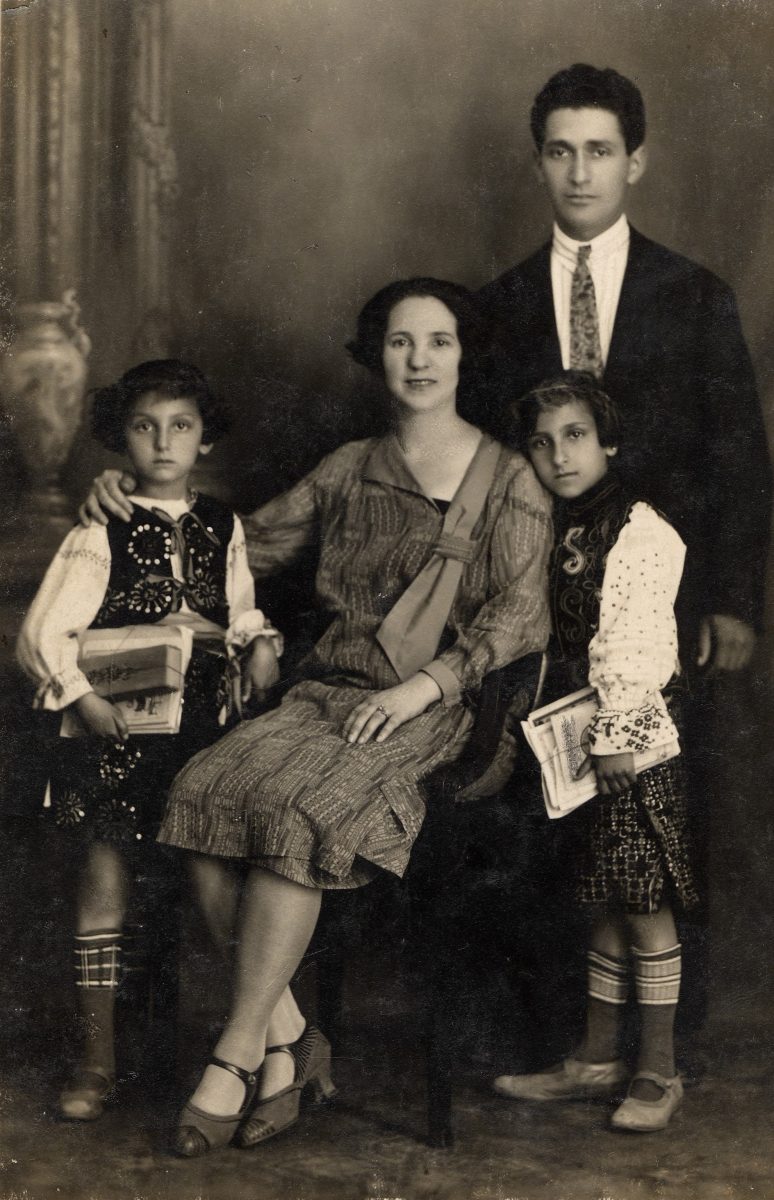
As far as the traditions and customs of the Jews of Romania are concerned, they represent the result of a long process of immigration of different groups, and border changes in the 19 and 20th centuries. Every group of immigrants brought with them additional rites, and the communities were defined according to their country of origin. Most of the Romanian Jews were Ashkenazi, but alongside the Ashkenazi communities there were also Sephardic, and by the 19th century there were also Hasidic communities.
In Moldova, where Jews emigrated mainly from Galicia, Poland and Ukraine, there was an Ashkenazi community, and in Walachia there was a Sephardic community of Jews who came from Bulgaria, Serbia and Turkey and settled in Bucharest, Ploiesti, Craiova, and in Transylvania.
The Hasidism in Romania originated in the north, from Bukovina, northern Moldova, Bessarabia and Transylvania, and gradually descended southward to Ploiești and Bucharest. There were several prominent Hasidic courts, the dynasties of Hasidic Rabbis (Admorim), and the Hasidic communities in Romania, especially the Friedmann Family - the Buhusi Hasidism and the court of Stefanesti.
At the end of the WWI Romania's borders changed, and Jewish communities were added to it from the annexed territories of Bessarabia, Bukovina and Transylvania including Maramures and Banat. Thus, in Greater Romania there was now a presence of almost all the religious Jewish groups in Eastern Europe: Western Ashkenazi, Hasidic, Neo-Orthodox and Sephardic, but even within these streams there was no internal unity in most cases. Communities of "modern" Judaism existed in all the major cities in Romania, but there were differences between the regions.
Although coexistence was not simple, community leaders did everything to unite the Jewish citizens and their different customs, under the umbrella of existing as a Jewish community within Romania.
Whether according to the custom of Ashkenazi or Sephardic Jews, at home or in the synagogue, religious ceremonies of Romanian Jews were always conducted in splendor. The wealth that characterized the rich interior design of the synagogues and the decoration of the holy and ceremonial objects used in the home and family life is living testimony to the variety of groups that shaped Romanian Jewry and the mutual influences between Jewish and Romanian culture.